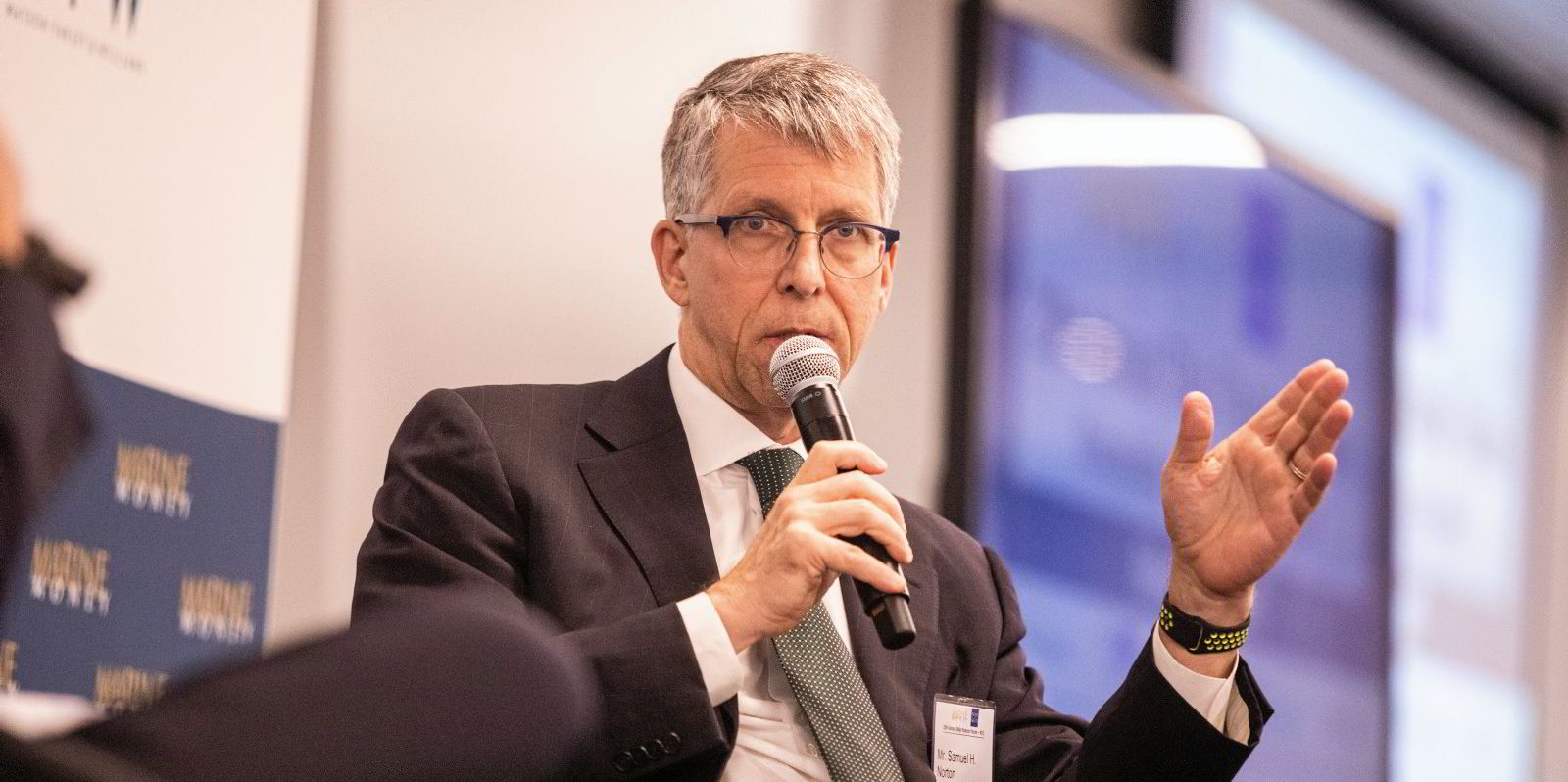Within the US domestic energy markets that are primarily served by the majority of assets under our control, it will be difficult to build new vessels in the next seven years with features that would substantially reduce greenhouse-gas emissions.
This article is part of a series written by people across shipping in response to this question about how to deploy a hypothetical TradeWinds Sustainable Shipping Fund:
How, where and why would you invest $1bn for the best return in sustainable shipping, as the industry grapples with the need to cut carbon emissions, improve efficiency and keep cargoes moving in a world facing multiple economic and political challenges? The investment will be made now and ideally held for the next seven years to the end of the decade. As an added bonus, give one policy or regulation you would like to implement from 1 January 2023 to benefit shipping?
Investment within that time period that is intended to positively impact greenhouse-gas emissions therefore needs to focus on retrofitting existing assets and modifying accepted operational practices to both reduce overall fuel consumption — and by extension CO2 emissions — and to capture, recycle or sequester vessel exhaust stream CO2 in a responsible manner.
The latter goal can be achieved by investing in technology and systems to efficiently extract and store CO2 produced onboard operating vessels, offload the captured CO2 from vessels in a manner minimally disruptive to normal operations, and deliver the captured CO2 to facilities where it can be stored or used at a commercially acceptable cost. There is both the need and the opportunity to invest across this entire value chain.
A step change in operational efficiency can be most meaningfully achieved by creating a system to coordinate vessel movements, speed, arrival time, etc, with real-time port conditions — a system comparable to air traffic control in aviation — to optimise fuel consumption across the entire delivery chain. A rethinking of demurrage and the allocation of costs and savings arising from this systemic approach is a necessary condition to success. Investing in this kind of holistic supply chain solution should be a priority for any forward-thinking organisation.
The one policy change desired to be made on 1 January 2023 is to rework the Carbon Intensity Indicator regulation to be more logical and less punitive to vessels that perform shorter voyages.
Read more
- OSG extends bareboat charters of American Shipping tanker sextet
- Streetwise: Finance costs are a struggle for some, more a yawn for others
- Overseas Shipholding Group rewards largest shareholder with buyback
- OSG flips to profit as American Shipping Co trio set to leave fleet
- American Shipping beats OSG rate by 19% with new Jones Act tanker deal



